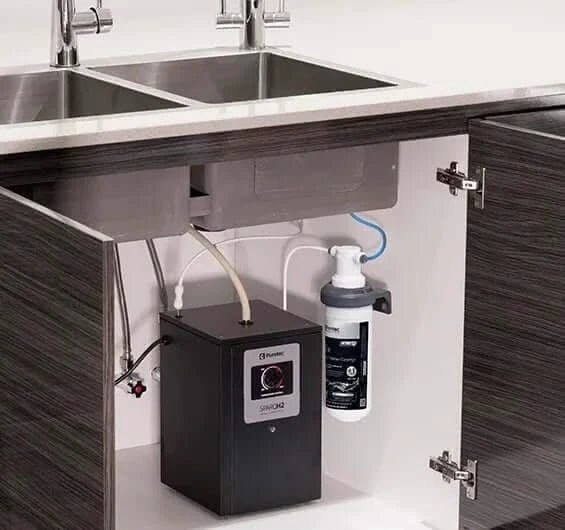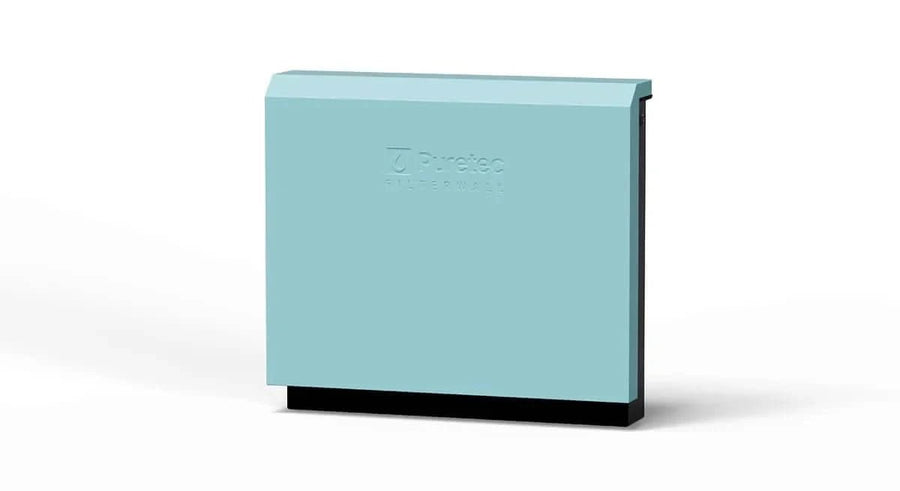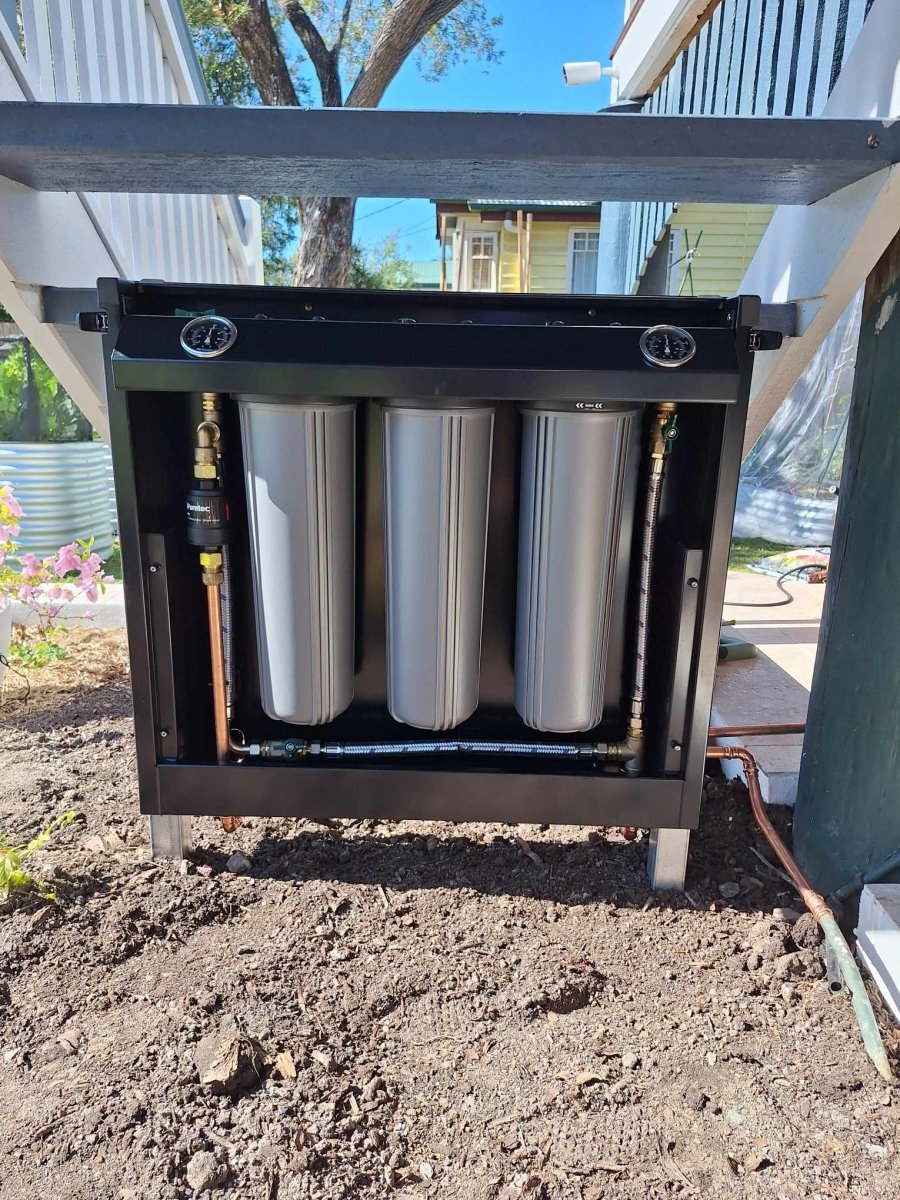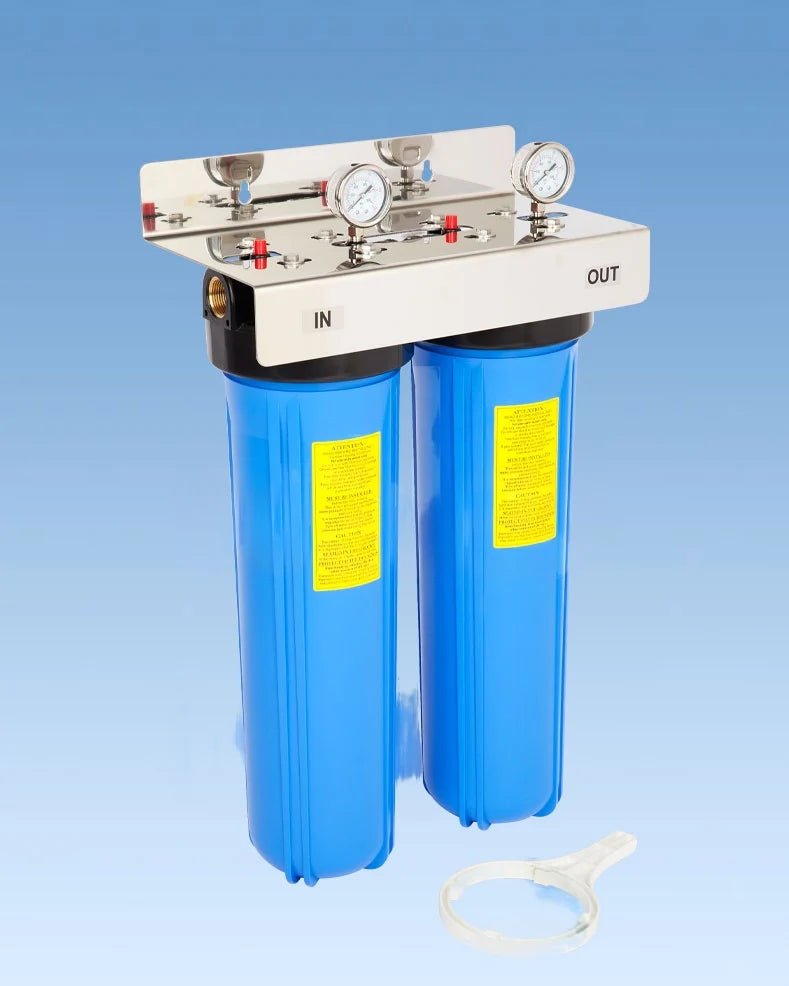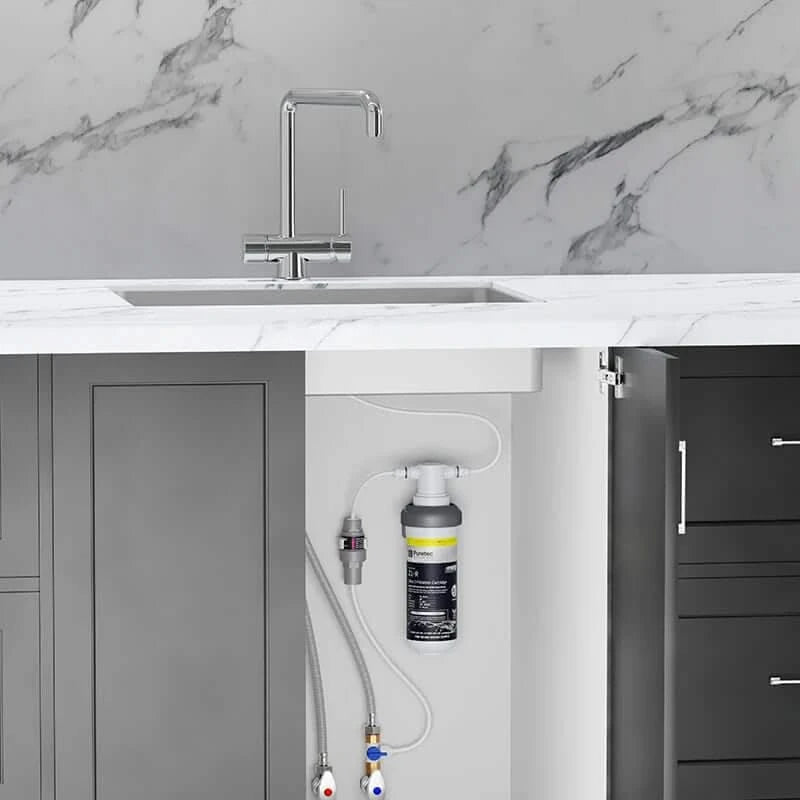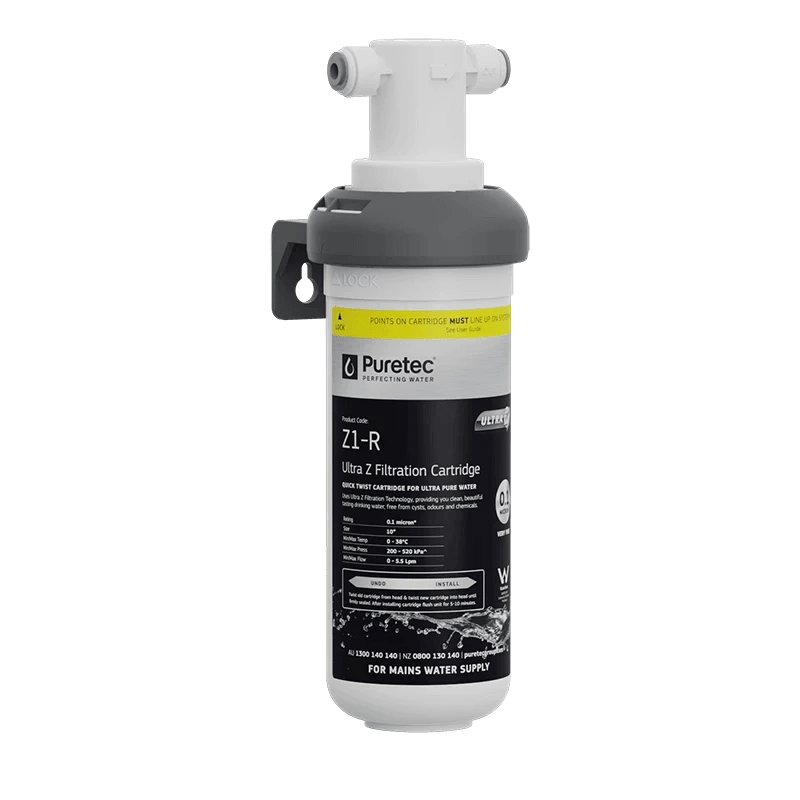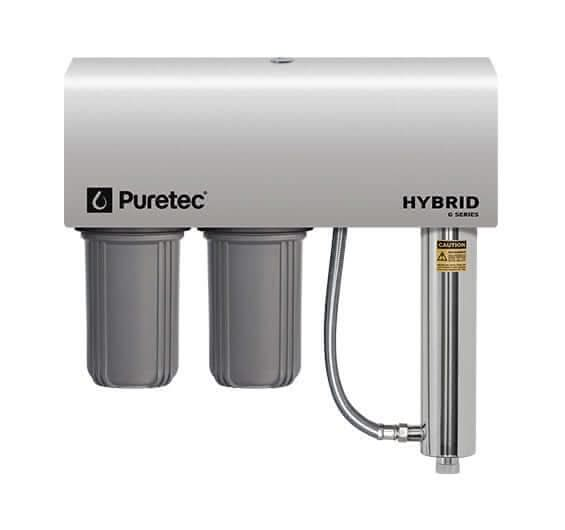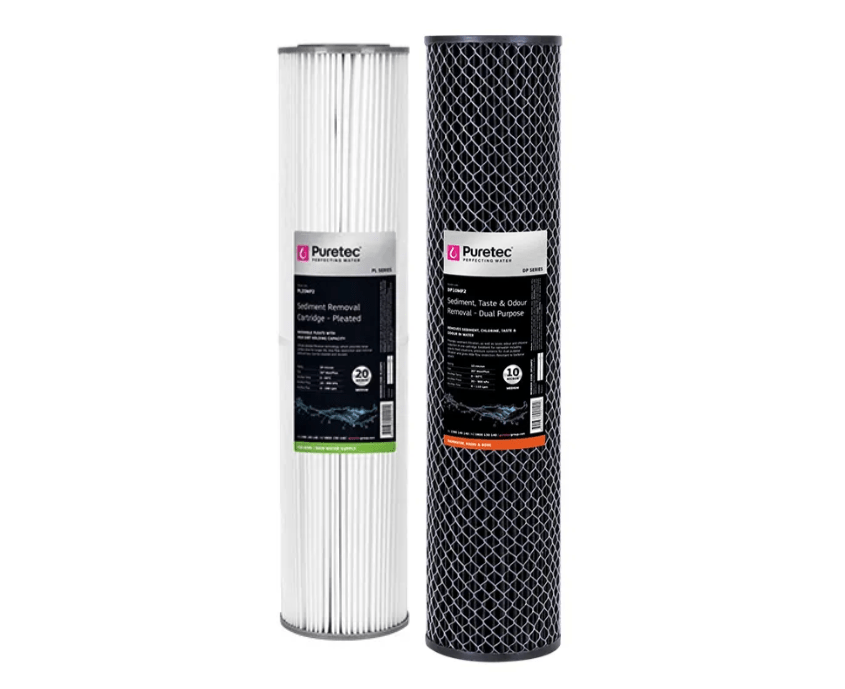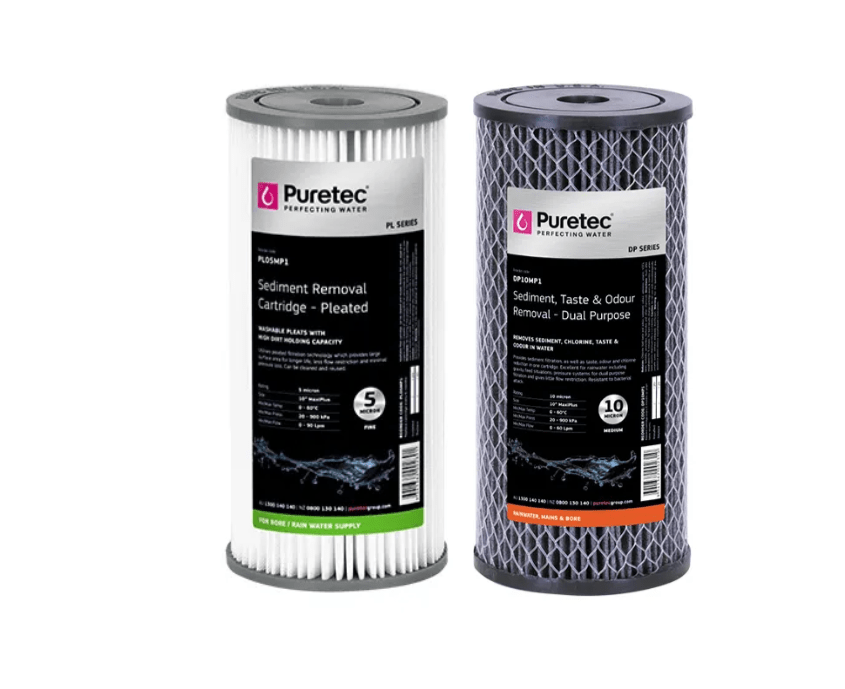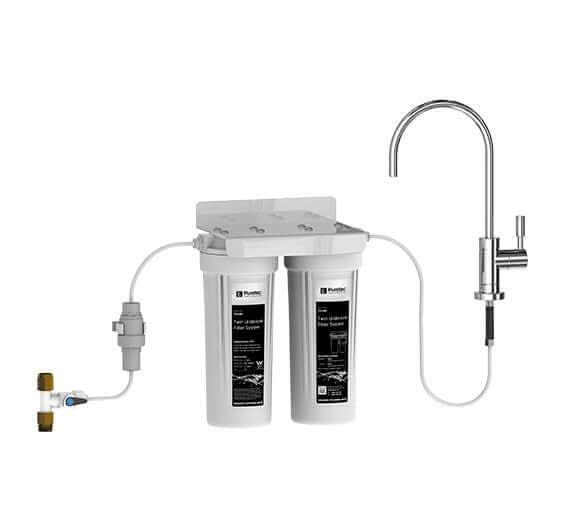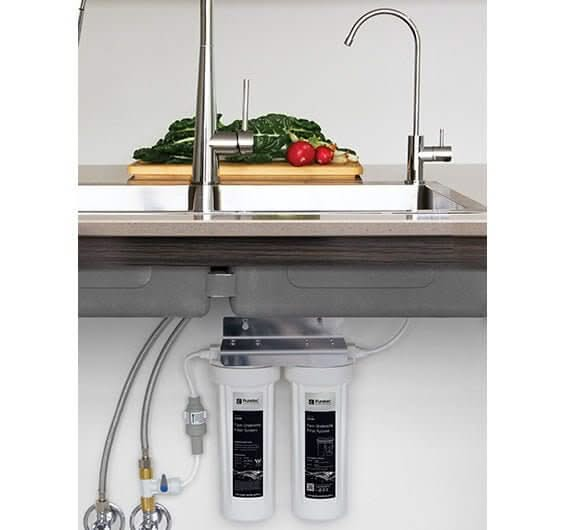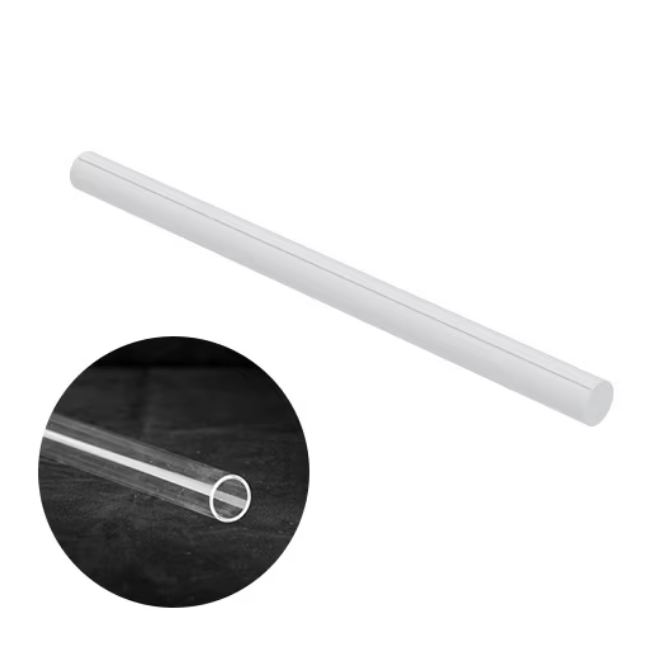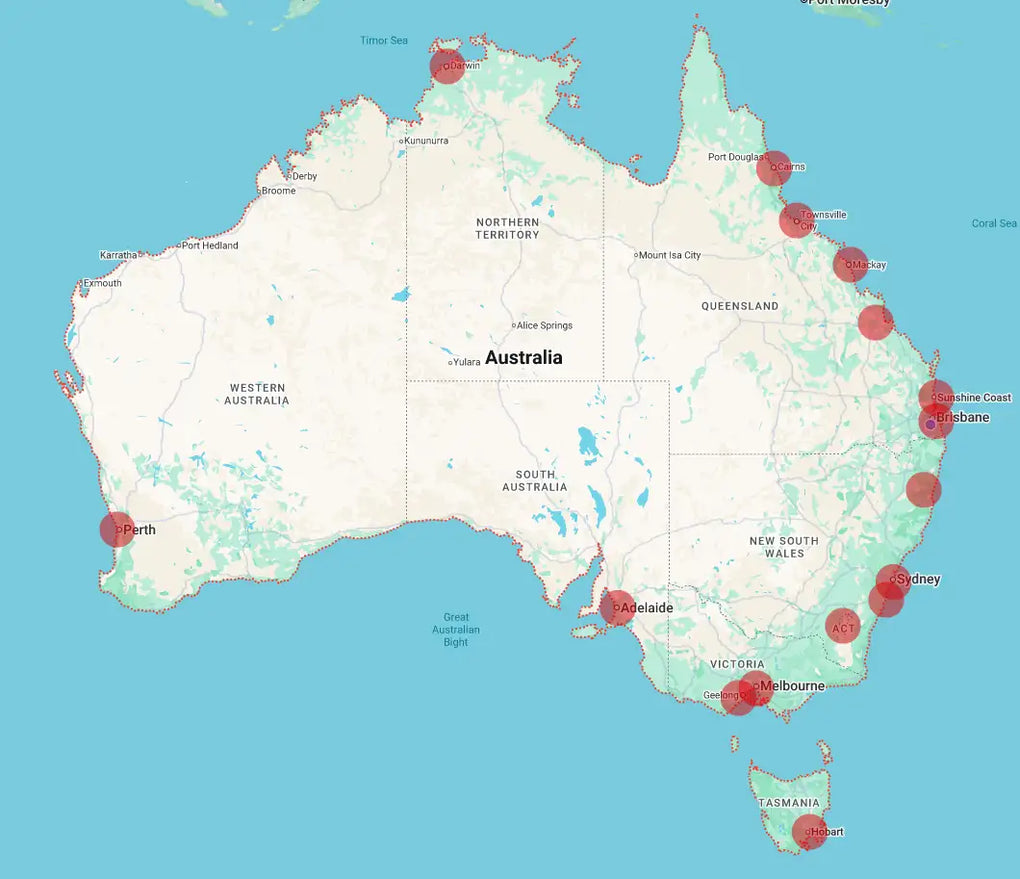Water Tap Filters: The Key to Clean, Safe Drinking Water
Are you concerned about the quality of your tap water? A water tap filter is a simple yet effective way to remove contaminants like chlorine, lead, and bacteria, ensuring your family enjoys clean, great-tasting water straight from the tap. In this guide, we’ll explore how water tap filters work, their benefits, and how to choose, install, and maintain the right one for your home.
🔹 Why Use a Water Tap Filter?
💧 Improves Water Quality – Removes chlorine, sediment, heavy metals, and bacteria for cleaner, better-tasting water.
💧 Cost-Effective – Saves money compared to buying bottled water.
💧 Eco-Friendly – Reduces plastic waste from bottled water consumption.
💧 Easy to Install – Attaches directly to your existing tap with minimal setup.
💧 Convenient & Fast – Provides filtered water on demand, with no waiting time.
🚰 Enjoy fresh, pure water without the hassle of bottled alternatives!
🔹 How Water Tap Filters Work
Water tap filters connect directly to your faucet, using advanced filtration technologies to purify water as it flows through. The most common filtration methods include:
🔥 1. Activated Carbon Filtration
-
Absorbs chlorine, chemicals, and organic compounds.
-
Removes bad tastes and odors from tap water.
🔄 2. Sediment Filtration
-
Captures dirt, rust, and debris to prevent blockages.
-
Extends the lifespan of other filters by removing large particles.
🔬 3. Ion Exchange & Mineral Filtration
-
Removes heavy metals like lead and mercury.
-
Balances pH levels for healthier drinking water.
🌊 4. Reverse Osmosis (RO) Filtration (Advanced Systems Only)
-
Removes up to 99% of contaminants, including bacteria and viruses.
-
Best for areas with poor water quality or high levels of contamination.
🔹 A quality water tap filter can remove over 70 contaminants, ensuring safer water for your household!
🔹 Choosing the Right Water Tap Filter for Your Kitchen
With many options available, how do you choose the right water tap filter? Consider these key factors:
✔️ Compatibility with Your Faucet
🔹 Check your tap type – Most filters fit standard faucets, but some may not be compatible with pull-out or spray taps.
✔️ Water Quality in Your Area
🔹 Conduct a water test to determine if your tap water has high chlorine, heavy metals, or sediment levels.
✔️ Filtration Method
🔹 Activated Carbon – Great for removing chlorine and improving taste.
🔹 Reverse Osmosis (RO) – Ideal for households with hard water or high contamination.
🔹 Multi-Stage Filters – Provide comprehensive filtration for optimal purity.
✔️ Water Flow Rate
🔹 Ensure the filter does not reduce water pressure significantly. High-flow models maintain normal water speed.
✔️ Aesthetics & Design
🔹 Choose a sleek, modern filter tap that complements your kitchen décor.
💡 Pro Tip: Some filters include hot, cold, and sparkling water options for added convenience!
🔹 Installing Your Water Tap Filter: Step-by-Step Guide
Installing a water tap filter is quick and easy, requiring minimal tools.
🛠 Tools You’ll Need:
✔ Pliers – To tighten connections.
✔ Wrench – To remove stubborn aerators.
✔ Teflon Tape – To prevent leaks.
🔧 Installation Process:
1️⃣ Remove the Aerator – Unscrew the existing aerator from your tap.
2️⃣ Attach the Adapter – If required, screw on the provided adapter for a secure fit.
3️⃣ Connect the Filter – Align and tighten the filter housing onto your tap.
4️⃣ Test for Leaks – Run water through the filter and check for leaks.
5️⃣ Flush the Filter – Let water run for 1-2 minutes before first use.
🔹 In just a few minutes, you’ll have fresh, filtered water straight from your tap!
🔹 Maintenance & Replacing Filter Cartridges
To keep your water tap filter performing at its best, regular maintenance is essential.
🧼 Cleaning Your Filter
✔ Wipe down the exterior housing with a soft cloth.
✔ Rinse sediment filters under water to remove trapped debris.
✔ Use a vinegar and warm water solution to clean the filter components.
🔄 When to Replace Filter Cartridges
📅 Every 3–6 months, or based on manufacturer guidelines.
🚰 Signs your filter needs replacing:
-
Slower water flow
-
Unpleasant taste or odor
-
Cloudy water
💡 Tip: Some filters have indicator lights that signal when it’s time for a change!
🔹 Popular Water Tap Filter Models
If you're looking for a top-rated water tap filter, here are some great options:
🔹 1. Puretec Tripla T4 3-in-1 Mixer Tap
-
Delivers hot, cold, and filtered water from a single tap.
-
Sleek, space-saving design with no need for a separate filter tap.
-
Advanced Ultra Z filtration for cleaner, healthier water.
🔹 2. Brita On Tap Water Filter
-
Easy clip-on installation with no plumbing required.
-
Reduces chlorine, heavy metals, and microplastics.
-
Compact and affordable for any kitchen.
🔹 3. Pur Advanced Faucet Filtration System
-
Removes over 70 contaminants, including lead and pesticides.
-
High-flow rate with minimal pressure loss.
-
Easy to install and replace filters.
🔹 Environmental Benefits of Water Tap Filters
Switching to a water tap filter isn’t just good for your health—it’s great for the planet!
🌿 Reduces Plastic Waste – A household can prevent the use of over 1,200 plastic bottles per year.
🌎 Lowers Carbon Footprint – Less bottled water production means fewer CO2 emissions.
💧 Conserves Water – Compared to other filtration methods, tap filters waste less water.
🚰 Make the switch today and help reduce plastic waste while enjoying clean, fresh water!
🔹 Final Thoughts: Why You Need a Water Tap Filter
Installing a water tap filter is a simple yet powerful way to:
✅ Improve the taste and quality of your drinking water.
✅ Reduce exposure to harmful contaminants like chlorine, lead, and bacteria.
✅ Save money by eliminating the need for bottled water.
✅ Help the environment by cutting down on plastic waste.
💡 Make the switch today and enjoy cleaner, healthier water straight from your tap!
🛒 Ready to upgrade? Explore our top-rated water tap filters and find the perfect fit for your home! 🚰


